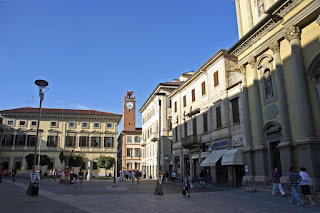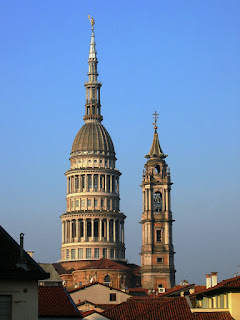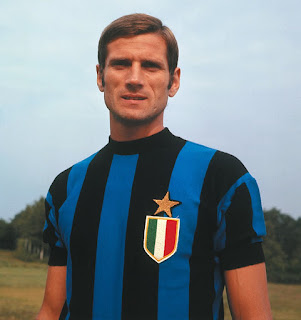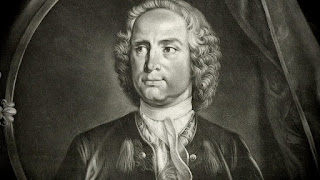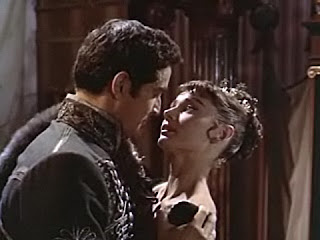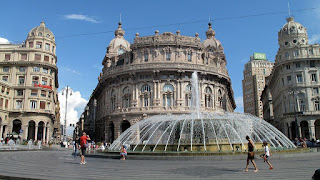Sonnet writer satirised life in 19th century Rome
 |
| Giuseppe Gioachino Belli's poems often poked fun at the Roman Catholic church |
He was to become famous for his satirical sonnets written in Romanesco, the dialect of Rome.
After taking a job in Civitavecchia, a coastal town about 70km (44 miles) northwest of Rome, Belli’s father moved the family to live there, but after he died - of either cholera or typhus - his wife returned to Rome with her children and took cheap lodgings in Via del Corso.
Living in poor circumstances, Belli began writing sonnets in Italian at the suggestion of his friend, the poet Francesco Spada.
In 1816, Belli married a woman of means, Maria Conti, and went to live with her in Palazzo Poli, the palace that forms the backdrop to the Trevi Fountain. This gave him the freedom to develop his literary talents. They had a son, Ciro, in 1824.
The palace was Belli’s home for 21 years, from 1816 to 1837, but he was able to travel to other places in Italy where he came into contact with new ideas. It was during a stay in Milan that he first encountered dialect poetry and satire. The sonnets of Carlo Porta provided him with a model for the poems in Roman dialect that eventually were to make him famous.
| The plaque marking the birthplace of Giuseppe Gioachino Belli, in Via dei Redentoristi in central Rome |
However, during the democratic rebellion that led to the declaration of a short-lived Roman Republic of 1849, he defended the rights of the Pope.
Belli produced more than 2,200 sonnets that document the life of common people in 19th century Rome. He kept them hidden, apart from occasionally giving recitals to friends. Just before his death he asked his friend, Monsignor Vincenzo Tizzani, to burn them but fortunately his friend handed them over to Belli’s son, Ciro, who published a selection of them in 1866, editing them to prevent them from causing offence at the time.
The first complete edition of Belli’s work was not published till 1952, nearly a century after his death.
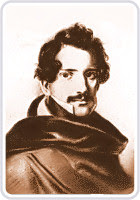 |
| Belli satirised the way ordinary working class Romans lives |
Ironically, the poet later worked as an artistic and political censor for the papal government and prevented the work of Shakespeare, Verdi and Rossini from being circulated, among others.
After his wife’s death in 1837, Belli’s economic situation had worsened again and as he grew older, he lost a lot of his vitality and became increasingly critical of the world around him, describing himself as ‘a dead poet’.
He died in Rome after a stroke in 1863 at the age of 72.
His nephew, the painter Guglielmo Janni, wrote his biography in ten volumes, which was published posthumously.
 |
| The monument to Belli off Viale Trastevere |
A plaque next to the door marks Giuseppe Gioachino Belli’s birthplace at number 13 Via dei Redentoristi, a back street near the Basilica of Sant’Andrea delle Valle, which is in Corso Vittorio Emanuele II, a short distance from the Pantheon in central Rome. There is a monument to the poet in Piazza Giuseppe Gioachino Belli, which is off Viale Trastevere in Rome, overlooking the Tiber near the Basilica of San Crisogno. It was placed there in 1913 and paid for by the public of Rome.
 |
| The Palazzo Poli is the palace immediately behind the Trevi Fountain in the centre of Rome |
The Palazzo Poli, where Belli lived for more than 20 years, dates back to 1573, when the Anguillara family commissioned the architect Martino Longhi to transform a former palace of Baldovino Del Monte, brother of Pope Julius III. In time it was acquired by Lucrezia Colonna and was renamed in 1712 after her husband, Giuseppe Conti, the Duke of Poli. When plans were drawn up for the Trevi Fountain, the central section was demolished and replaced with the monumental facade designed by Luigi Vanvitelli as the backdrop for fountain, which was designed by Nicola Salvi and completed by Giuseppe Pannini in 1762.
More reading:
The brilliant lyric poetry of Giacomo Leopardi
How Vittorio Alfieri's poetry inspired the oppressed
Ugo Foscolo - poet and revolutionary
Also on this day:
1303: The kidnapping of Pope Boniface VIII
1893: The founding of Italy's oldest surviving football club
Home


